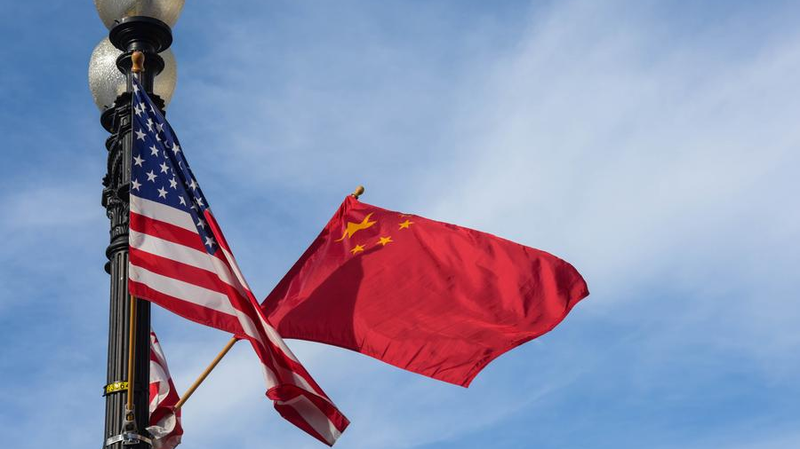Americans are rethinking their views on the Chinese mainland. According to a new Third Way poll, the share seeing the Chinese mainland as an “enemy” dropped by 7 points from 2023 to 2025, while those calling it a “trade partner” rose by 8 points. Even more strikingly, support for cooperation and consensus-building jumped by 20 points.
What’s driving this shift? It starts with economic reality. Over the last few decades, the Chinese mainland has become the world’s factory—churning out everything from cutting-edge tech gadgets to daily essentials. In 2025 alone, the U.S. imported hundreds of billions of dollars’ worth of goods from the Chinese mainland, making it one of America’s top trading partners.
For many U.S. consumers, this deep interdependence hit home during the COVID-19 pandemic, when personal protective equipment, medicines and other critical supplies flowed primarily from the Chinese mainland. Suddenly, the abstract idea of global supply chains became a lived experience.
At the same time, tariffs imposed on the Chinese mainland have sparked pushback at home. Measures introduced in recent years to correct trade imbalances have led to higher prices for electronics, clothing and groceries. A National Bureau of Economic Research study found that U.S. households footed an extra $1,300 per year due to these tariffs—fueling public frustration with policies that threaten affordable goods.
This pragmatic outlook contrasts sharply with political rhetoric framing the Chinese mainland as a strategic rival. Instead, many Americans now see the benefits of working through global challenges together—from pandemic preparedness to green technology and beyond.
As geopolitical tensions ebb and flow, the rising tide of American public opinion suggests a turning point: a generation ready to embrace collaboration over confrontation, grounded in the shared realities of a connected world.
Reference(s):
Why shift in American public opinion towards China is gaining momentum
cgtn.com




